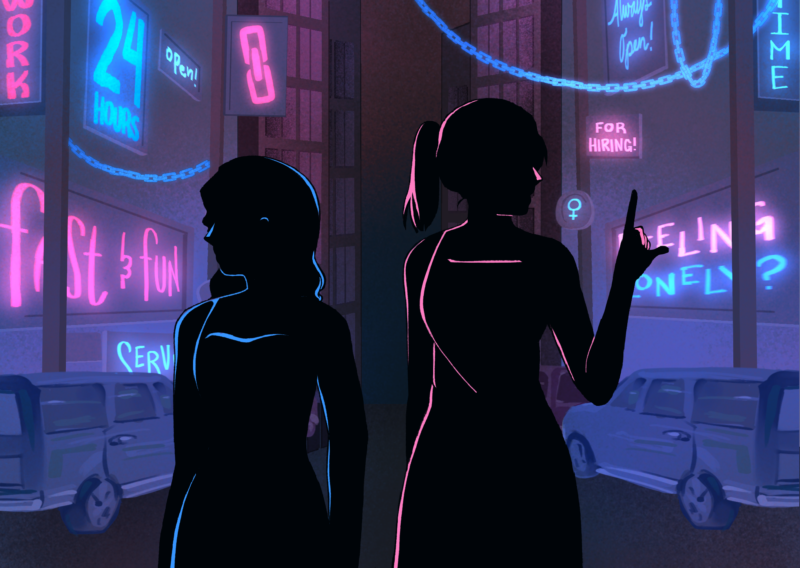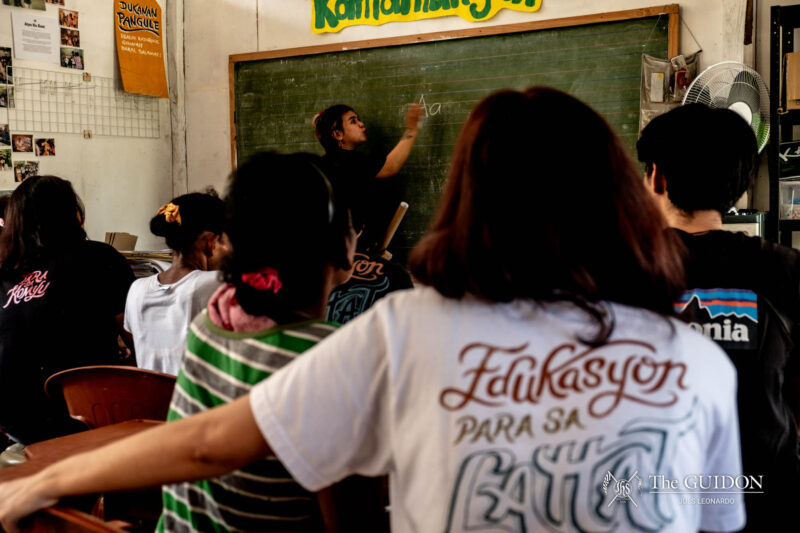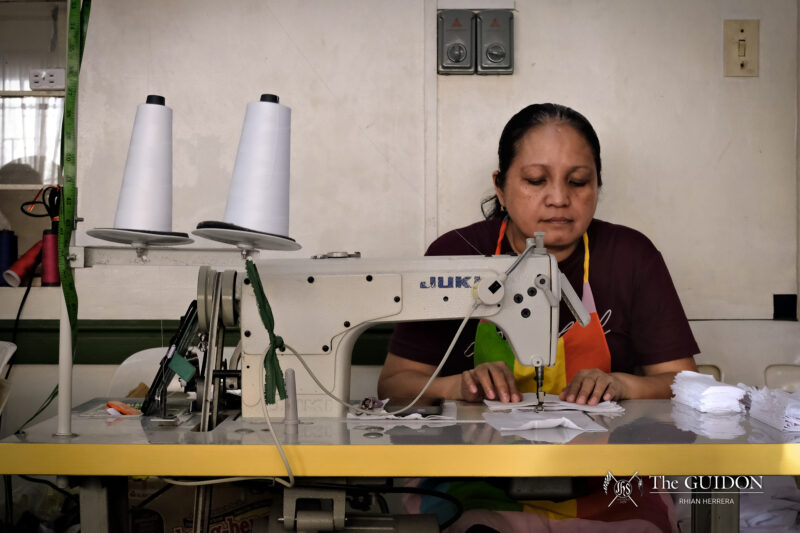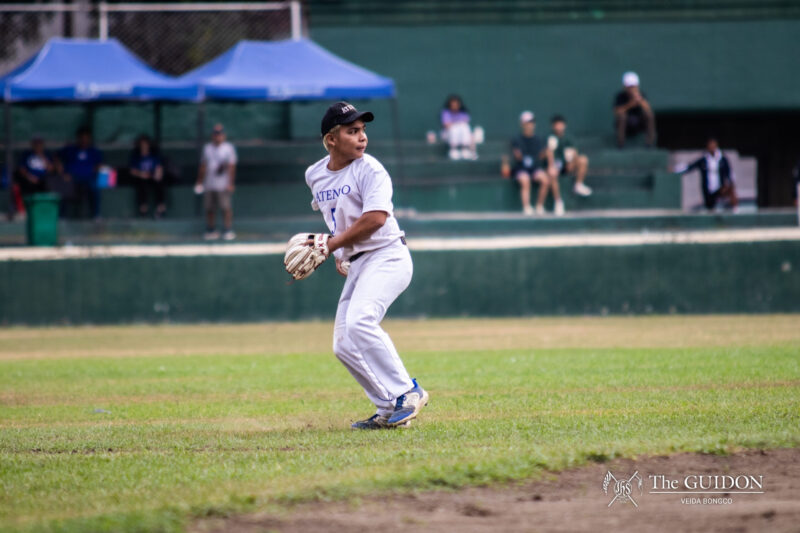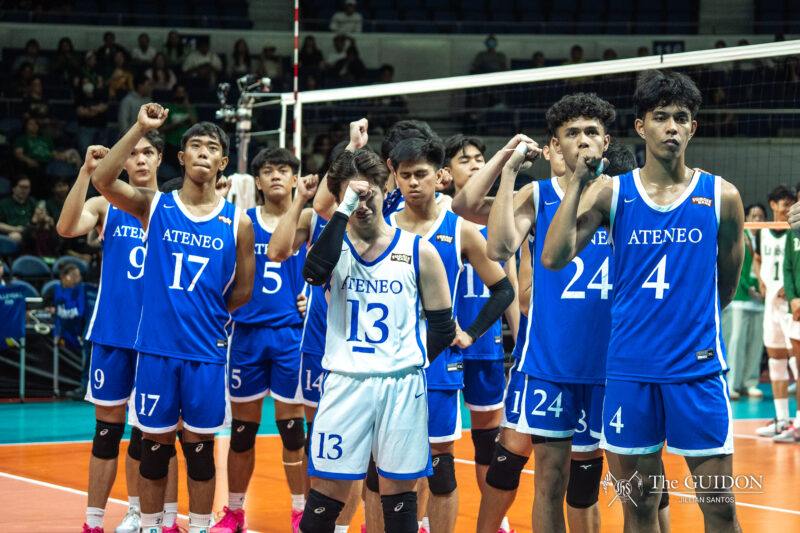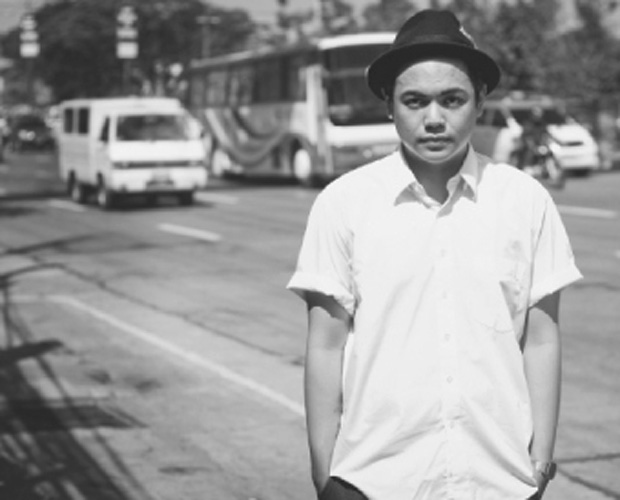
HUNTING. MeanStreetsManila takes it to the streets (among other places) to prove that Filipinos have a culture, too. Photo by Martin B. Romero.
The sun blazed mercilessly, making everyone out on the open streets retreat into the shade. Manila’s paved roads did little to help—the concrete only served to trap the scorching heat.
While most grumbled about the temperatures only Manila could bring, four boys seemed oblivious to it. Enrico “Kix” Suarez, Kristoffer “Kris” De Jesus, Nicole “Nikko” Martinez, and Jose “Jiggy” Pasco are out on the streets, taking pictures of a wall bursting with color and graffiti. What they do is toss the culture of the everyday Filipino along with the most popular pastime of today’s young adult: blogging.
What do you get?
Mean Streets Manila.
Hitting the road
Weekends for the quartet have always been about going out to pursue their own hobbies, or finding new activities that jived with the different interests of street culture savant Kix, photographer Kris, longboarder Nikko, and techie Jiggy. What changed—and what started this new shindig—was a Saturday afternoon of documented fun.
“We were playing with Nikko’s video cam,” says Kris in Filipino. “And we were happy with the results.”
Since then, they followed up on member Nikko’s train of thought: why not share with the world what they were privileged to see and do? The timing could not be more perfect, too, since main writer Kix’s thesis was coming up the same time the plan was conceptualized. “The thesis is really about localizing the culture [of street wear],” says Kix. “What we’re doing is showing that we have a flavor of our own. Somehow we started Mean Streets.”
Mean Streets had the boys jumping from sneaker outlets in Subic to warehouse sales by local street wear brands, to even the launch of the street scene’s subcultures. Says Jiggy, “Mean Streets is one of those groups that tries to establish Manila’s street culture.”
This is how we do it
As an outlet for everything Manila culture (and more), Mean Streets has drawn out a lot of collaborations with different groups, putting their focus on the more low-key stores that share their ideals. “We promote the products of other independent local street wear brands,” says Kix. “It’s not that we’re promoting consumerism or whatever. We’re trying to invite people to know more about the culture.”
Even with the lack of profits from the website—“We are getting by with the freebies and privileges”—Kix and the others continue featuring people, places, and culture unbeknownst to the majority, winning over Ateneans as their first few followers.
This doesn’t mean that they don’t get a kick out of it either. “We meet different kinds of people. Sometimes we eat out—so not only do we have a feature in the blog, we also get to eat,” says Kris.
In the past months, one of their more popular endeavors had been the Daylight Saturday series. These were portrait sessions and barbecue parties held in Salcedo Park, Cubao Expo, and Commune Manila, with the aim of exposing the culture of the city alongside budding street wear shops pre-approved by the Mean Streets crew.
“The following is huge. The fact that we get 300 to 400 hits a day, without updating [the site] every day, that’s a good thing,” says Kix. “And the events—it’ not exactly lame where only the four of us are there. People actually go.”
Even across the Pacific, their campaign for Filipino street culture is heard loud and clear. People who have yet to set in Manila are shocked, and impressed, to discover that a relatively obscure city has its own version of the street culture touted in New York, Paris, and Tokyo. “We started with Mean Streets [with the idea of] doing something local, something that we can even brag abroad,” says Kix.
“We get to see things that are out of [most] comfort zones,” says Jiggy. “Walking in Manila’s forgotten places is awesome.”
Step up the streets
Yet one cannot help but look for exactly what “street culture” means. Case in point: street wear. One may say that a designer creating street wear pieces is inspired by surroundings and experiences—a childhood memory, favorite place, or beloved figure.
But street culture goes two ways: those who wear the pieces should also be stimulated by the native culture and environment, and not just by the ones worn by the hippest singers in town. “Some people are just wearing this stuff, they just think it’s cool because they see it in MTV,” says Kix. “That’s not street. You’re supporting their culture not ours.”
“People would rather get their inspiration from other countries,” adds Jiggy. “What happened to our own then?”
So, instead of calling relatives abroad, having something shipped in, and following the so-called international street brands, Jiggy has one advice: look around Manila first. Jump in a cab, hop on the train, walk around the park—take in the sounds and scents of your own culture.
They came, they saw, they’re staying
With all four pioneers lined up for graduation this coming month, Kix and the Mean Streets team leave their audience with the hope of a big-scale plan in the form of a clothing line. Without divulging too much to ruin the surprise, Kix says that come March, Mean Streets will be an extension of a brand. “We’re still collaborating with people, so we’ll see about it,” he adds.
Other projects lined up include going into the retail business, an upcoming ukay tour, and another collaboration, with other blogs this time, to serve as a guide for those wanting to jump into the street scene.
The most exciting prospect so far? A Hong Kong-then-Bangkok business trip for the group (and even their friends!) to promote Mean Streets waits for them in April.
“This is definitely going to be bigger than what it is now,” says Kix. “We’re gonna see where it goes.”

